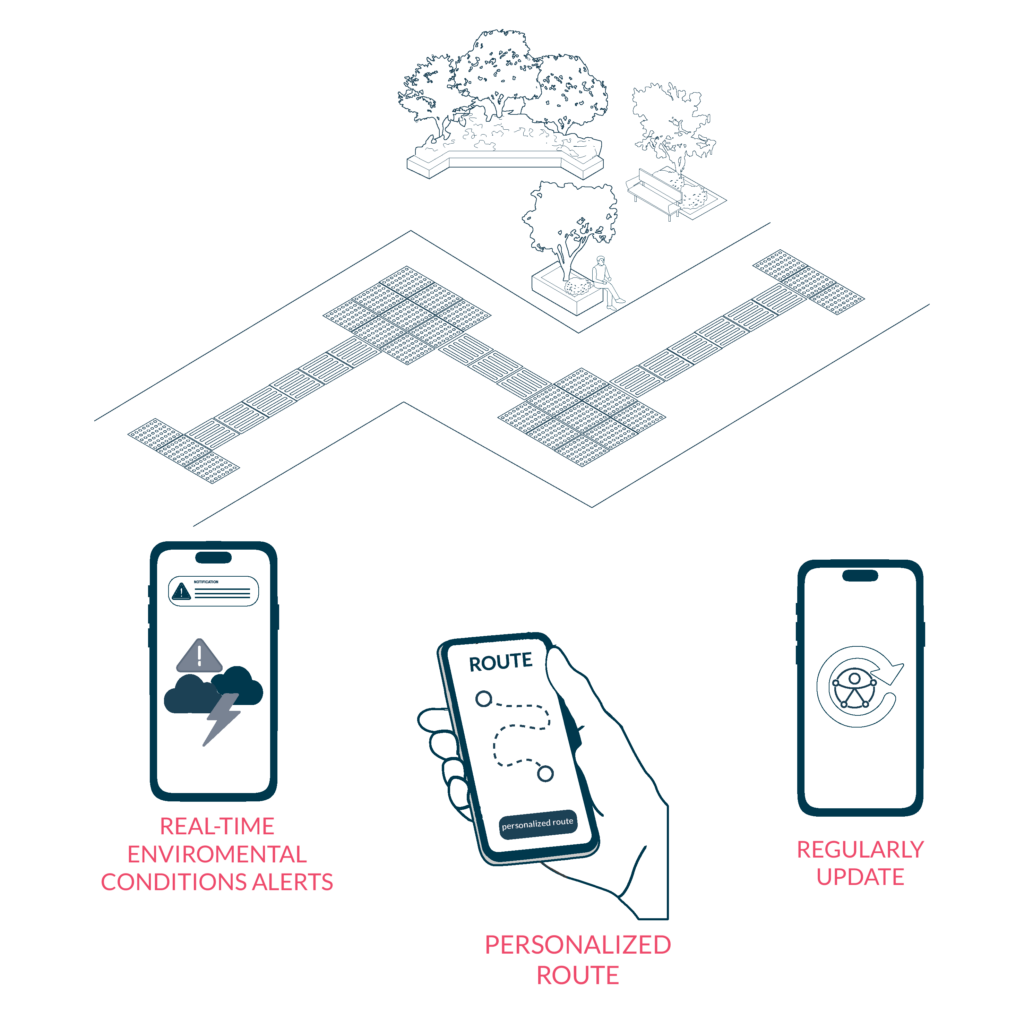Comfort-Based Mobility Assistance
Accessibility is not just about avoiding physical barriers—it is also about creating comfortable and safe mobility experiences. Assistive tools that factor in environmental conditions, such as noise levels, weather, and terrain, can help users choose the most pleasant and accessible routes. These technologies support independent movement by offering real-time insights into urban comfort and connectivity. Linking comfortable pathways across cities ensures a seamless experience for people with diverse mobility needs.

- Link accessible and comfortable urban areas to create a seamless movement network.
- Provide real-time data on environmental conditions to help users choose the best routes.
- Incorporate rest areas, shading, and protective elements in high-traffic pedestrian zones.
- Allow users to customize navigation preferences based on personal comfort needs.
- Regularly update accessibility information to reflect changing conditions.
Sources
- https://accessible-eu-centre.ec.europa.eu/content-corner/digital-library/en-172102021-accessibility-and-usability-built-environment-functional-requirements_en
- https://www.access-board.gov/adaag-1991-2002.html#2.%20GENERAL
- https://universaldesign.ie/built-environment/building-for-everyone/building-for-everyone-full-series
- https://www.codigotecnico.org/pdf/Documentos/SUA/DccSUA.pdf
- Carers
- Children
- Cognitive
- Cognitive abilities
- Decolonial perspective
- Digital
- Digital barrier
- Enviroment
- Environmental
- Gender and generations
- Gender perspective
- Hearing impairment
- Low-education
- Low-income
- Older people
- Other
- Physical abilities and features
- Sensory and Physical
- Socioeconomic
- Visual impairment